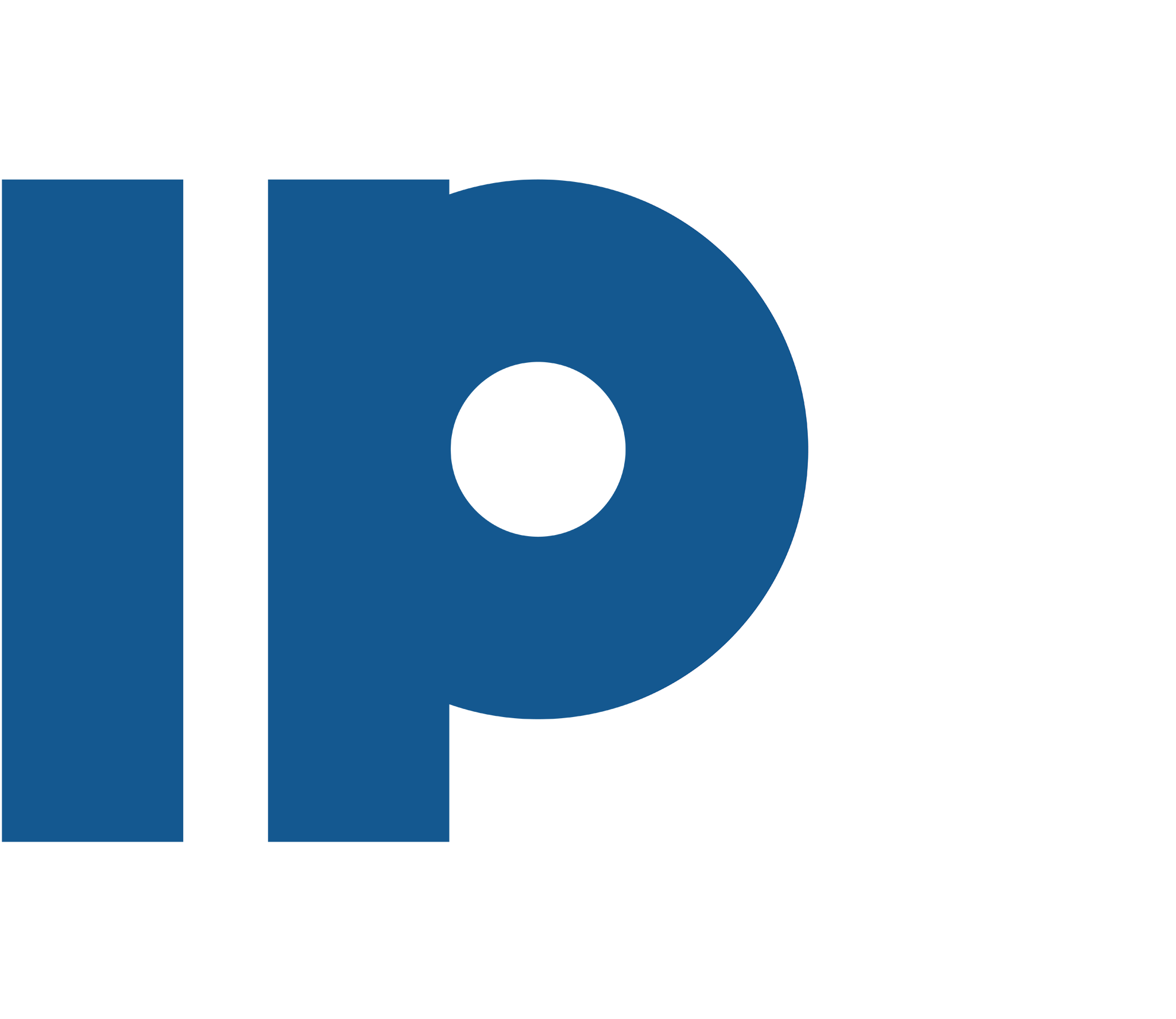In the Photonics Center of the Institute of Physics Belgrade, a relatively new multidisciplinary field with wide application is rapidly developing – Quantum Biophotonics. Its development is being realized in cooperation with two eminent European research institutions, the Friedrich Schiller University, Jena and the Italian National Research Council (CNR), and in cooperation with the Faculty of Biology of the University of Belgrade, within the BioQantSense Horizon-Widera Twinning project. On this occasion, we spoke with the manager of this project, Dr. Marina Lekić from the Photonics Center, about quantum biophotonics, its application, as well as the project itself through which a new Center for Quantum Biophotonics will be established.

What, in brief, is Quantum Biophotonics?
DR MARINA LEKIĆ: Quantum biophotonics is a new field of research, and the level of precision and control provided by recent advances in quantum technologies makes this multidisciplinary field very exciting. In quantum biophotonics, we apply methods developed for the characterization and manipulation of the quantum state to make sensitive, reliable and traceable measurements in the ever-changing bio-environment.
The basic “tool” is a single isolated photon or an entangled pair of photons, which is first generated, then transmitted, transformed and finally absorbed. From a photon absorbed by a biological system, we can potentially read a lot of information. Today, our capabilities in the field of single-photon quantum coherence are limited, but it is a huge field of research for quantum biophotonics.
What is the main goal of your twinning project?
The goal of the project is to raise the excellence, reputation and international competitiveness of the Photonics Center, one of the Institute of Physics’ four centers of excellence, as well as to strenghten management and administrative capacities of the Institute’s staff relevant to international project, research and innovation activities. Within the scientific-research part of the project, a new scientific field – quantum biophotonics – will be developed, and all aspects of classical biophotonics will be significantly improved. The ultimate goal of the project is the establishment of a Center for Quantum Biophotonics at the Institute of Physics Belgrade, as a result of knowledge transfer through strategic networking with two high-profile European partners, the Friedrich Schiller University of Jena (FSU) and the Italian National Research Council (CNR). The Faculty of Biology of the University of Belgrade, a long-term partner of the Institute, is another project partner that will help the biologists of our Institute in the selection, preparation and cultivation of appropriate biospecimens.
How will the new field of quantum biophotonics be established at the Institute?
Introducing a new research area takes place in several steps. The first step is certainly the existence of a research infrastructure and then the transfer of knowledge and skills between the coordinator (Institute of Physics) and the leading partner institutions.

The second part of the BioQantSense project envisages a research project whose goal is the development of a microscope based on quantum holographic interferometry and the recording of biological samples that are delivered to the recording site via microfluidic channels as parts of a lab-on-a-chip. The development of a system for quantum imaging of biological samples and quantum sensing of traces of molecules in an environment is based on the quantum entanglement of photon pairs created in appropriate non-linear crystals through the spontaneous parametric down conversion. Measurements are realized by detecting one photon (signal photon) that hasn’t even “seen” the sample, but whose phase and amplitude were changed in proportion to the changes that occurred with the other (idler photon), when passing through the sample. The special importance of this type of quantum microscope is that the two photons are in different wave regions, the mid- and near-infrared regions, so imaging in the mid-IR region is enabled by detecting photons in the near-IR region.
This innovative project, the improved skills, as well as the modern equipment that we acquire as part of the project, which is necessary to keep pace with the world’s leading institutions in this field, are a prerequisite for the establishment of a new field of quantum biophotonics at the Institute of Physics.
What is the biggest benefit of quantum biophotonics?
Quantum biophotonics has the potential to lead to significant discoveries and innovations in various fields, such as medicine, technology and environmental protection through innovative research and progress. New research in the field of quantum biophotonics results in diagnostic and therapeutic instruments. For example, quantum biophotonics can be used in nanomedicine to develop new nanoscale devices and sensors that use light-matter interaction to monitor and manipulate biological processes. Photonic biosensors in nanomedicine can revolutionize medical diagnostics and therapy by enabling rapid and accurate disease detection, monitoring of disease progression, and targeted delivery of drugs and treatments. Photonic biosensors can detect specific biomolecules such as individual proteins, DNA, and other cellular components, making them useful for on-site diagnostics and monitoring.
The special importance of the BioQantSense project is that it introduces research with results belong to quantum technologies, which are already advanced in Europe, into the Institute of Physics. The second quantum revolution is well underway in the EU countries, while in Serbia there is no awareness of the already important results of that revolution.
How is the cooperation with researchers from Italy and Germany going?
In order to increase the scientific excellence as well as to strengthen the scientific and administrative/management skills of the Institute on the European scene of research and innovation, the following goals of cooperation were defined:
- Improving the project management and administration skills regarding to the Institute’s projects financed primarily from EU sources, as well as greater competitiveness in the very process of applying and attracting grants;
- Identification of suitable quantum imaging experimental setups, designs and materials for Lab-on-a-chip;
- Training of the Institute’s researchers for the implementation of the research project planned for the third project year.
Cooperation with partners, i.e. the transfer of scientific and administrative/management knowledge and skills, is realized through a large number of scientific and management visits, which we previously defined with partners through a detailed plan of visits. 12 scientific and 3 management visits were realized in the first half of the project.
Our partners are leaders in Europe in the field of quantum biophotonics, so we are very grateful for the scientific and operational knowledge they are sharing with us, and we hope that our Center for Quantum Biophotonics will be a partner of CNR-INO and FSU in some new research and commercial projects in the future.
In what way will the work of the people involved in the project contribute to the improvement of science, HR potentials and institution itself?
The future Center for Quantum Biophotonics, with competent and trained researchers and modern equipment, will form a very attractive research infrastructure and will significantly contribute to the development of this branch of photonics in Serbia. It will also open the door for the Institute of Physics to participate in many EU and international calls currently open only to institutions dealing with this extremely current and promising scientific branch. The Institute’s increased participation in international projects will attract innovators and small and medium-sized enterprises, which will facilitate the commercialization of research results and, finally, provide new employment opportunities. With the successful implementation of the BioQantSense project, we will create an extremely competitive research infrastructure that, we hope, will contribute to attracting young staff from the country and the world to the Center for Quantum Biophotonics and the Institute of Physics.
The BioQantSense project gives us the opportunity to learn from more experienced partners about Grant Management, as well, and to apply the good practice and expertise of the developed departments of our partner institutions to us. During the management visits within the project, many ideas and models emerged for the improvement of our Department for International Cooperation and Projects, as well as opportunities for future project cooperation in terms of management support for innovation and research infrastructure. The skills of the people employed in the Department, which is being developed on the model of the Grant Offices of our partners, will contribute to greater visibility of EU funding opportunities, higher quality and more successful applications and easier implementation of received projects. The BioQantSense project will help the Department for International Cooperation and Projects of the Institute of Physics become a strong administrative and professional support for the Institute’s scientific research teams working on EU and international projects.




